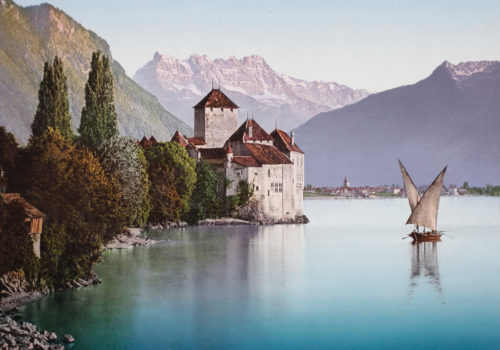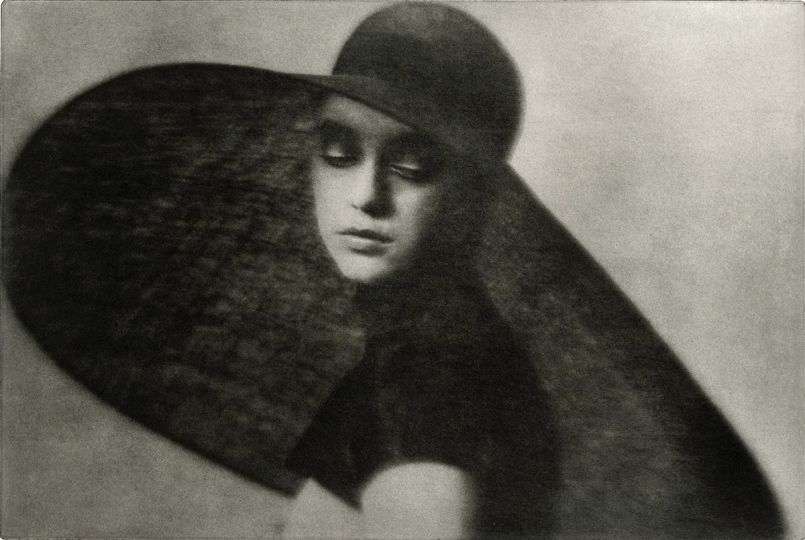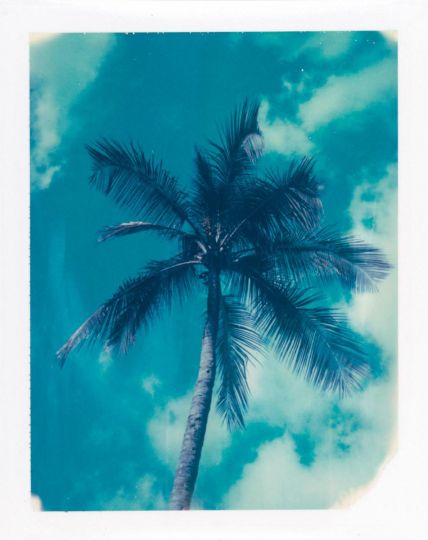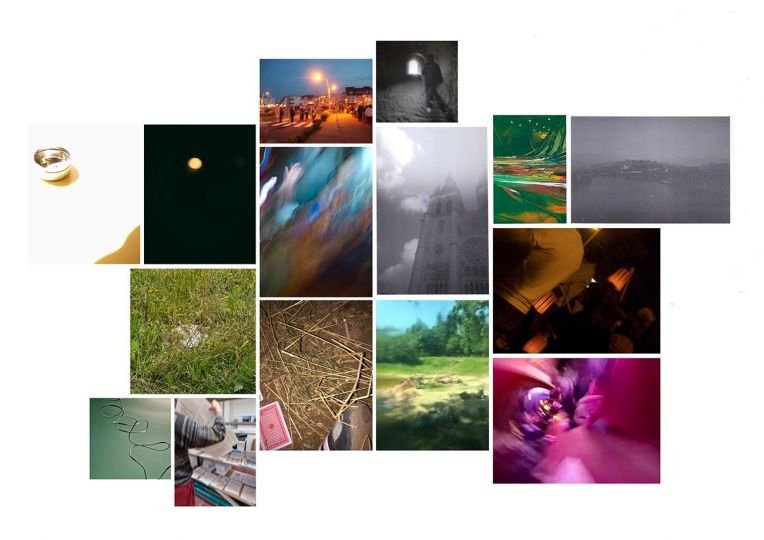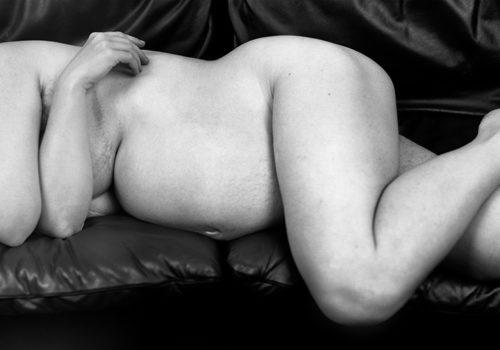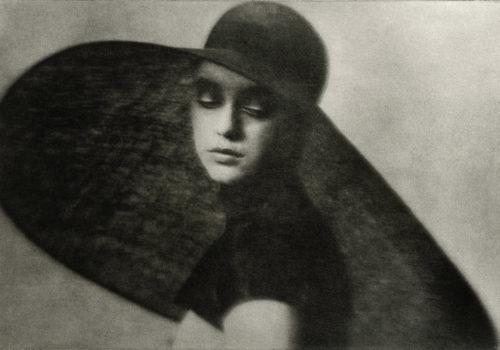Color is the norm for digital photography. Black and white is nothing but a filter applied before or after the shot. It’s one of a multitude of vintage effects. It keeps a patina of classicism, an aura of authenticity that seduces a number of amateurs and professionals alike (a quarter of the winners from the recent World Press Photo were rewarded for black and white images) . However, this patina, this aura, now depends on an algorithm that changes the polychromatic to monochromatic.
More than a century ago, it was the opposite that took place. During the 1880s in Zurich, the lithographer Hans Jakob Schmid developed an ingenious process of color photography printing. He created a magnificent form of chromatic rendering based on a black and white photograph. With a Swiss precision, Schmid would transfer a photo onto as many lithographic stones as he wanted colors in the final image. Combining pastel tints with a delightful kitschiness was luxurious. The result was firmly planted between photography and painting, between an objective imprint and a subjective engraving, and became more and more convincing after its first tries.
The photochrom was born, patented January 4, 1888 by Orell Füssli, a printer from Zurich who hired Hans Jakob Schmid. To market the images, the printer created a company which, since 1895, has been called Photoglob. It’s still in existence, marketing the photochroms of today in the form of books and postcards.
At the end of the 19th century, which saw the development of tourism for the well-to-do, the success of photochroms was immediate. Available as travel albums or individually, images in color rapidly expanded outside the Swiss borders. A branch opened in London, another in Detroit, Michigan. In 1911, prints exceeded 10,000 copies with formats ranging from 12 x 17 cm to 48 x 91 cm.
Photographers worked for Photoglob, providing it with black and white photos. The company also bought images taken by Félix Bonfils, William Henry Jackson, Polycarpe Joaillier, Félix-Jacques Antoine Moulin and Jean-Pascal Sébah. The First World War and competition of other processes, like the Lumière brothers’ autochrome process, put an end to the photochrom adventure.
The Swiss Camera Museum in Vevey has more than 500 photochrom prints from Gerhard Honegger and Thomas Ganz. The museum is exhibiting a beautiful selection of prints covering Europe, Africa, North America and Asia. Walking through this exhibition is, in itself, a journey around the world and through time. However, it does lack (for good reason) the major innovation of that time ,when these images were produced: seeing, for the first time, the world in color, as it actually was. Or, almost.
EXHIBITION
Photochromes
Until August 21st, 2016
Musée suisse de l’appareil photographique
Grande Place 99
1800 Vevey
Switzerland
http://www.cameramuseum.ch

